The dominant story of 2023 for salespeople, marketers, and content creators has been the rise of generative AI.
ChatGPT, the application based on OpenAI’s Large Language Model (LLM), now has the fastest adoption rate in history, reaching 100 million daily active users within two months of launch.
Yet most sales reps and marketers still use generative AI tools on an ad hoc basis to generate content — from email drafts to talking points, and ad copy to new product designs. And many haven’t yet experimented with generative AI at all.
There’s a major, often overlooked area of opportunity when it comes to AI: Becoming a more customer-centric organization.
Here, we’ll explore how three organizations used generative AI to achieve enhanced customer-centricity, and how your own business can, too.
Keep reading, or jump to a specific section:
- How the Generative AI Revolution Will Evolve Over Time
- How Three Companies Leveraged AI to Become More Customer-Centric [And How You Can, Too]
- How AI Helps Your Team Become More Customer-Centric
What if the real generative AI superpower is enhanced customer-centricity?
If you’re a sales rep, a marketer, or a leader of an SMB, you can’t afford to ignore the generative AI revolution.
But you also can’t afford to get generative AI adoption wrong. And that means thinking about your people, your processes, and your organizational goals and capabilities as much as — or more than — the technology itself.
Generative AI has the potential to level the playing field for smaller businesses when it comes to customer-centricity.
With far less money, time, and specialized expertise than ever before, organizations can listen to their customers at scale, develop actionable insights about them, and then engage them to drive growth and profitability.
How the Generative AI Revolution Will Evolve Over Time
Despite all of the frenzy around ChatGPT (and, to a lesser extent Bard, Bing, Midjourney, Adobe Generative Fill, etc.), the future of generative AI within sales and marketing functions is still very much up for grabs.
The first wave of adoption has been overwhelmingly individual, ad-hoc, and designed to save time on a process-by-process basis.
The real impact of generative AI will come with the second wave, and will require an approach that is team-based, planned, and designed to enhance capabilities and processes.
The third wave of adoption will be transformational and will demand approaches that are organization-wide, enable continuous learning (via iterative feedback loops), and designed to shape new capabilities and processes.
|
Wave 1 |
Wave 2 |
Wave 3 |
|
|
Who? |
Individual |
Team |
Organization |
|
How? |
Ad-Hoc |
Planned |
Continuous Learning |
|
Why? |
Saving time |
Adding value to processes |
Transforming processes |
Right now, we’re still solidly in the midst of Wave 1. The real battle will be for marketing and sales functions to accelerate their transitions to Waves 2 and 3 faster and more strategically than the competition.
Unlike experimentation by motivated individuals, team or organization-wide adoption will run into barriers like organizational inertia, employee concerns about possible job loss, data privacy and security constraints, data integration challenges, and of course, knowledge and capability gaps.
A Better Approach
Here at Glimpse we’re strong believers in the potential of AI to revolutionize sales, marketing, and market research. In fact, long before ChatGPT fever, we were already working on a custom NLP (Natural Language Processing) model to help our users understand — and then extract actionable insights from — human language responses to open-ended survey questions.
We thought about how we could harness the power of generative AI to help our users with the most important task facing any business: Understanding their customers, employees, stakeholders, and audiences better. Paradoxically, relying more on generative AI in this context can actually supercharge human understanding and connection.
Glimpse users can now summarize and capture the essence of open-ended responses with the touch of a button, and derive invaluable insights instantly like “top negative story”, “most newsworthy ideas”, or “suggested text for a blog post”. They can also filter by any audience segment or demographic/behavioral attribute. Learn more about our AI-powered offerings here.
Next, let’s jump into three examples of how companies leverage AI to hyper-charge their customer centricity.
How Three Companies Leveraged AI to Become More Customer-Centric [And How You Can, Too]
1. Gaming Communities for an Agency
Along with our friend, client, and trusted partner, Jocelyn Harjes, from Ayzenberg, an ad agency in the video gaming space, we used generative AI to listen to the experiences and concerns of female-identifying, BIPOC, and LGBTQIA+ gamers at scale.
Here’s a look at what we discovered:



The story isn’t all negative. Lots of gamer respondents offered positive lessons about how to deal with and respond to toxic behavior online. Here’s a Positive Story instantly created by our dashboard’s generative AI integration based on 500 open-ended responses:

Impact
With the help of generative AI, the agency and some of its gaming publisher clients will be using AI-enabled data and insights from the study to:
- Grasp the full range of toxic experiences, from slurs to organized harassment
- Demonstrate that toxic behavior was leading to a ‘leaky bucket’ and gamer churn, causing game companies to miss out on revenue opportunities
- Gather suggested strategies for dealing with personal attacks
- Draft recommendations for game publishers to build more inclusive digital communities
Though this study focused on gamers within digital communities, the same approach could be applied to any audience, about any topic.
2. Black Holiday Traditions for Retailers
In another example, an agency focusing on Black consumers wanted to bring fresh insights about the diversity of Black identity and holiday traditions to their retail clients.
But they faced an array of challenges:
- The usual close-ended survey questions just weren’t working for discovery. Respondents chose from the typical census categories to describe their identities but the agency knew “Black” concealed lots of differences that mattered to their retail clients in terms of messaging.
- Focus groups and In-Depth-Interviews (IDI’s) were too slow, expensive, and unrepresentative to rely on. And the coding process would require skilled employees to determine things like sentiment.
- Social listening tools were useful but they could only access third-party data passively on a few platforms. They tended to register the ‘loudest voices in the room’ and were hardly representative. And of course it was extremely difficult, if not impossible, to ask anyone direct questions.
The agency launched a series of studies to a total of 3,000 Black Americans on our platform. Open-ended questions about shopping habits and holiday traditions revealed a host of new insights about spending power, present-giving, and holiday meal planning.
Even more interesting were the responses to the question about identity, where people wrote honestly and poignantly about their heritage, how they fit into their communities, and how they were seen by others.
While this type of data is priceless and valuable to brands, it’s prohibitively slow and expensive to code a sample 3,000 responses like this.
With generative AI integrations, our client was able to organize, categorize, and instantly capture summaries of open-ended responses by segment.
Generative AI in Action
Here’s the top Positive Story our dashboard instantly generated based on 1,000 of those open-ended responses to the question about identity, along with supporting verbatim quotes from actual respondents:

And here’s a deeper dive into what the first response looks like, along with respondent-selected emojis representing her emotional reaction to the question:

Impact
The retailers will be using AI-enabled data and insights from the study to:
- Align mental (advertising communications) and physical (products on the shelves, channel and packaging strategy, etc.) availability for this important consumer group
- Craft holiday campaigns and messaging to authentically and powerfully connect with Black communities
- Tailor shopper marketing initiatives to better match the shopping habits, rhythms, and needs of Black communities
3. B2B Machine Learning in Agriculture Startup
When a large tech company placed a big investment on a startup that used machine learning tools to help save the planet and feed the world, that startup worked with our team to shape core aspects of its product and commercialization strategy.
At first glance, ML/AI adoption is a straightforward feature and benefits calculus, but the startup knew that understanding buyer emotions, hopes, and anxieties about ML/AI-driven disruption would be equally central to its success.
With our platform, the company surveyed hundreds of ML/AI decision-makers and users — from enterprise farms in Argentina and Brazil, to off-takers in Canada and Germany.
With the help of generative AI, the startup discovered opportunities to educate buyers with approaches tailored to the differing needs of various markets, job roles, and industries. They were also able to identify opportunities across particularly promising national markets, and opportunities to target firms within a specific size range.
Generative AI in Action
Here are Newsworthy Ideas our dashboard instantly generated based on open-ended responses:

And here’s a sample blog post the dashboard used generative AI to instantly create, again based on open-ended responses. (Of course the post is only intended as a starting draft for human writers to contextualize, edit, and bring to life!):

The start-up is currently using AI-enabled data and insights from the study to:
- Shape product design and development priorities
- Educate buyers–with approaches tailored to the differing needs of various markets, job roles, and industries
- Spot opportunities in particularly promising national markets
- Discover why and how to target client firms within specific size and revenue ranges
- Craft brand awareness messaging to connect with these buyers
- Plan subsequent rounds of studies to further test product and marketing strategies in a more agile manner
Next, let’s dive into four opportunities to become more customer-centric thanks to the power of AI.
How AI Helps Your Team Become More Customer-Centric
Here are four tips for your organization to adopt generative AI successfully. They apply regardless of firm size, industry, or market. And they definitely apply regardless of the tech stack you’ve chosen.
1. AI enables you to become more agile.
Generative AI allows us to adopt an agile approach, not only to social listening, but also to the collection and analysis of first-party data. And it allows smaller companies and start-ups without huge research or insights functions to get in the game.
Rather than developing customer or audience insights at the beginning of an annual strategic planning process, listen more regularly and course-correct constantly. Test your assumptions, your product innovation vision, your sales approaches, your campaigns, and your content on a regular basis. You’ll achieve higher ROI on your marketing and sales investments and you’ll connect more effectively with your customers.
2. AI helps you track changes over time.
Generative AI can help us spot emerging patterns, opportunities, and risks. But change only becomes visible if we’ve established baseline data to figure out what ‘normal’ looks like. With Generative AI, historical data is even more valuable than ever before. It allows us to train our models to become more nuanced and effective within the context of our own business challenges.
For instance, many Glimpse clients are now shifting to an ‘always-on’ approach to gathering and analyzing survey data. They’re looking at the relationships between categories, brands, or products and particular audiences. Our AI-enabled dashboard allows them to get ahead of change by tracking trends over time.
For instance, if you want to know whether an economic downturn or a new public health scare is likely to change the purchasing behavior of your customers, generative AI-enabled first party research is a great option.
Until now these kinds of brand tracking studies were often prohibitively expensive for all but the largest organizations. But generative AI helps keep costs down and opens the field for the rest of us. And even if you do have an existing brand tracking study, you can use a generative AI-powered module looking at open-ended responses to explain why a number went up or down, and help discover the best path forward for your business.
3. AI enables you to adopt a holistic approach.
Generative AI can be applied to any data source to find patterns, spot opportunities or warning signs, and help develop insights. Though generative AI can provide the most value, relatively speaking, when it comes to unstructured data (like human language), it can also look at relationships between data sources, like social listening, first-party customer or sales data, and the kind of agile first-party survey data that Glimpse provides.

Without first-party research, all the social intelligence in the world will never give you a complete picture of what audiences are thinking or feeling, or aware of. It’s time to think more holistically by integrating generative AI-powered first-party data approaches into all of your data collection and strategic planning processes.
4. AI helps you become more future-oriented.
The issue isn’t whether or not you should explore generative AI adoption for your organization. You should! Rather the issue is the best approach to adoption. Here are some questions you can ask yourself and your team to get started:
- What’s our policy on generative AI right now? Whether you know it or not, your people are already using generative AI for work tasks. It’s time to get ahead of change by offering flexible guidelines instead of fixed rules. These guidelines should cover attribution/acknowledgement of AI assistance, the need to double check AI-generated answers for factual accuracy, the rule-of-thumb that no AI-generated text should be pasted directly into a client email or ad copy without human editing, and so on.
- Do we have the skills/capabilities/talent on our team right now to use generative AI effectively? If not, consider sponsoring training or supervised experimentation before you conclude that you need to hire to fill the capability gap. With rare exceptions, you won’t be building your own Large Language Models (LLMs) or doing much technical work; instead, you’ll be making common sense applications of existing generative AI platforms and APIs. And you’ll inevitably be faced with a build/buy/tailor decision regarding AI tools and capabilities. For most companies, the best decision will be to license existing tech and then tailor it in smart ways to meet their needs. But along the way, they’ll need to understand and track the incredibly fast-moving universe of AI platforms and models.
- Does process or team structure need to evolve? The answer to this question — eventually, anyway – is almost certainly, “yes.” In order to take advantage of generative AI-driven approaches to data gathering and analysis, you’ll have to lean even more heavily into cross-functional teams, with marketers, salespeople, and data experts frequently testing hypotheses about the market, customers, products, campaigns, and more. Rather than a waterfall approach to customer insights, where they get created once a year by an agency or by a few specialists, you’ll want to foster an ongoing, iterative process to learn about the audiences that matter most for the success of your business.
It’s time to take seriously the idea that the greatest, least examined application of generative AI is actually customer understanding, support for human insight creation, and the ability to learn and predict more rapidly and more accurately about what works and what doesn’t when it comes to audience engagement.
We now have a whole new set of questions to ask, and a whole new set of opportunities to pursue. And those opportunities require marketers and salespeople — equipped both with human judgment and knowledge of AI as a tool — to pursue them. We can glimpse (see what I did there?) a new horizon for customer understanding and connection. But to get there, we’ll have to do some work together.
One thing is clear: The most effective sales and marketing teams of the future will embed generative AI into the fabric of everything they do.
![]()



![Download Now: The State of U.S. Consumer Trends [Free Report]](https://i4lead.com/wp-content/uploads/2023/07/ebf9ec8e-a468-455a-943e-80aa4e6be694.png)





![Download Now: Free Marketing Plan Template [Get Your Copy]](https://i4lead.com/wp-content/uploads/2023/07/aacfe6c7-71e6-4f49-979f-76099062afa0.png)
































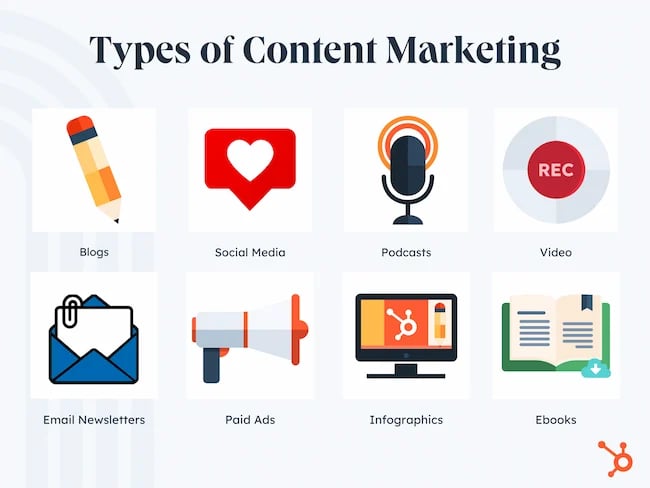
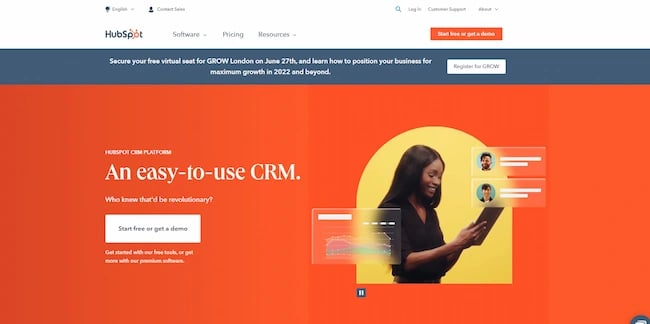
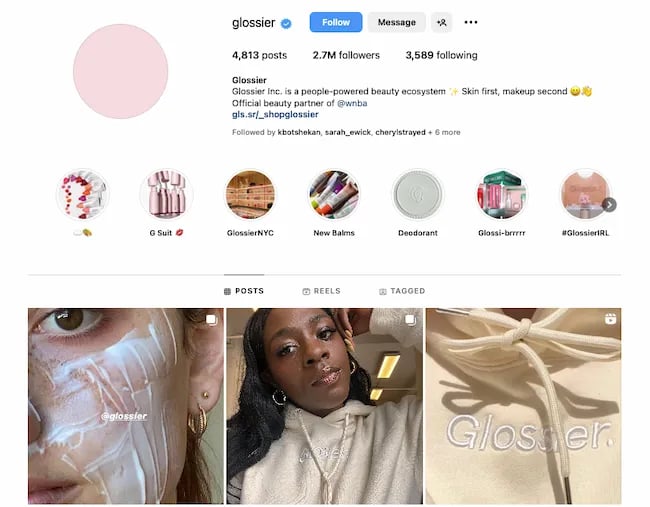
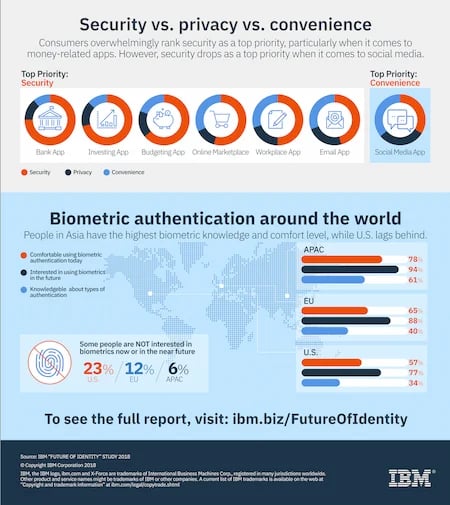


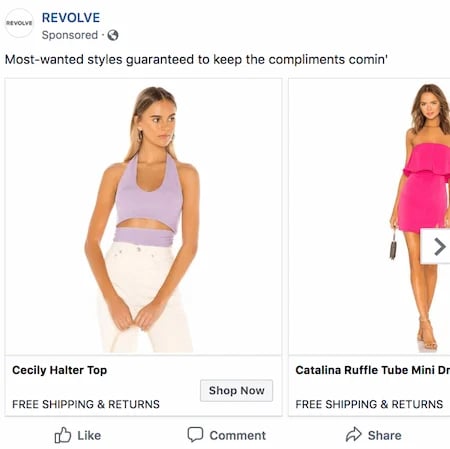

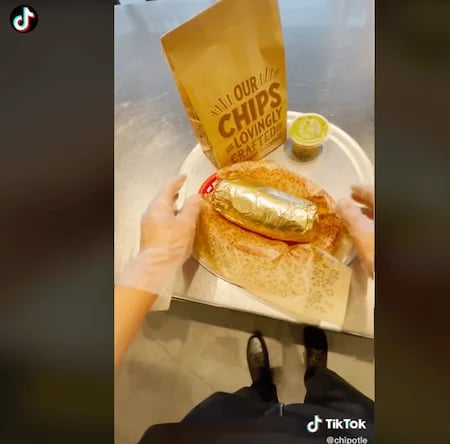

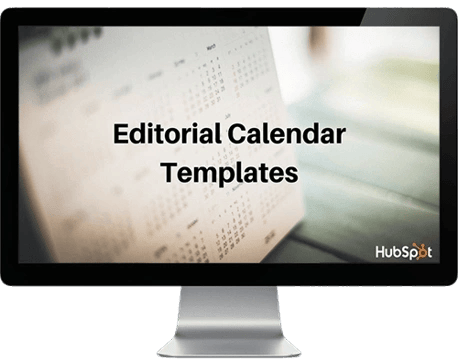
















![→ Download Now: 7 YouTube Video Description Templates [Free Prompts]](https://i4lead.com/wp-content/uploads/2023/07/0b51489d-5d5c-4054-b30c-86008871e5f1.png)




















